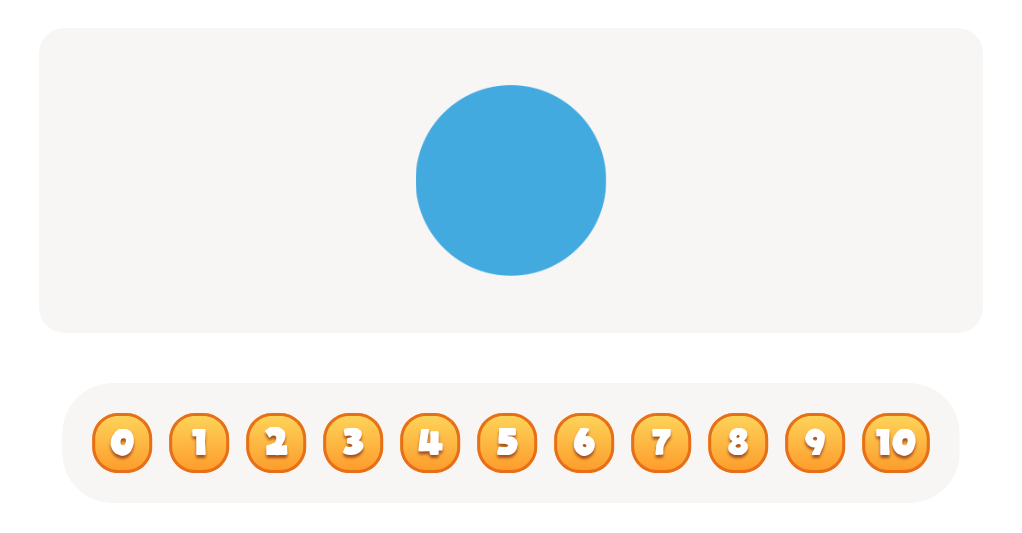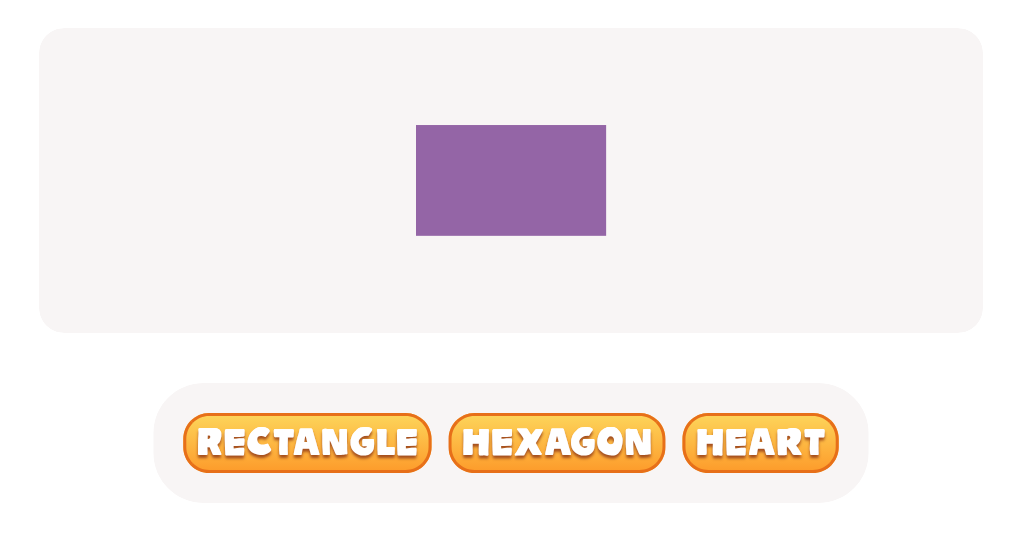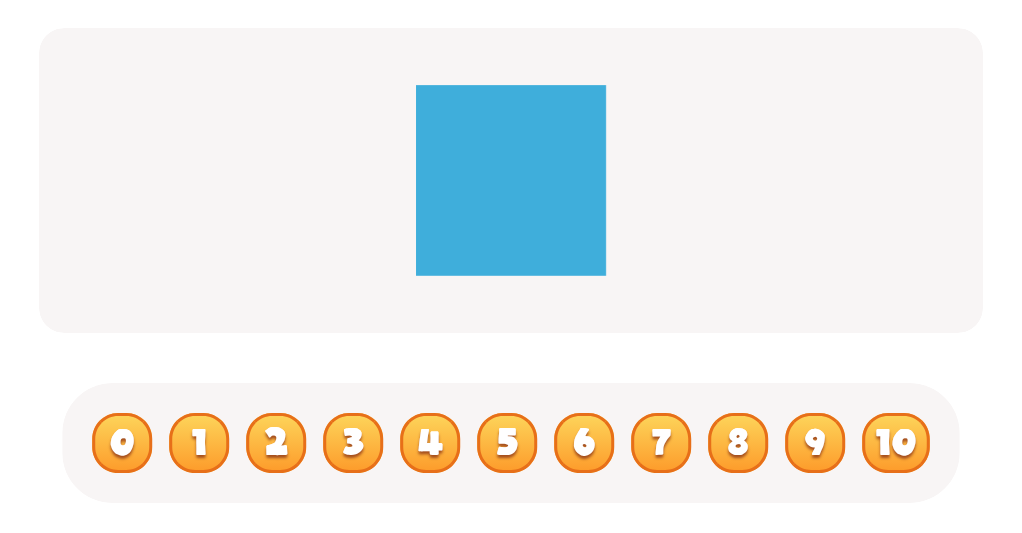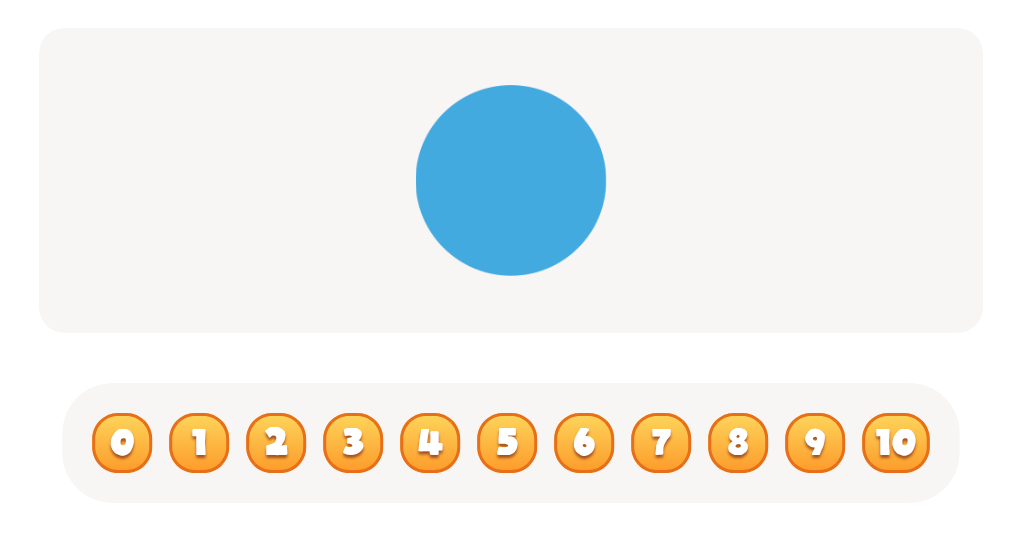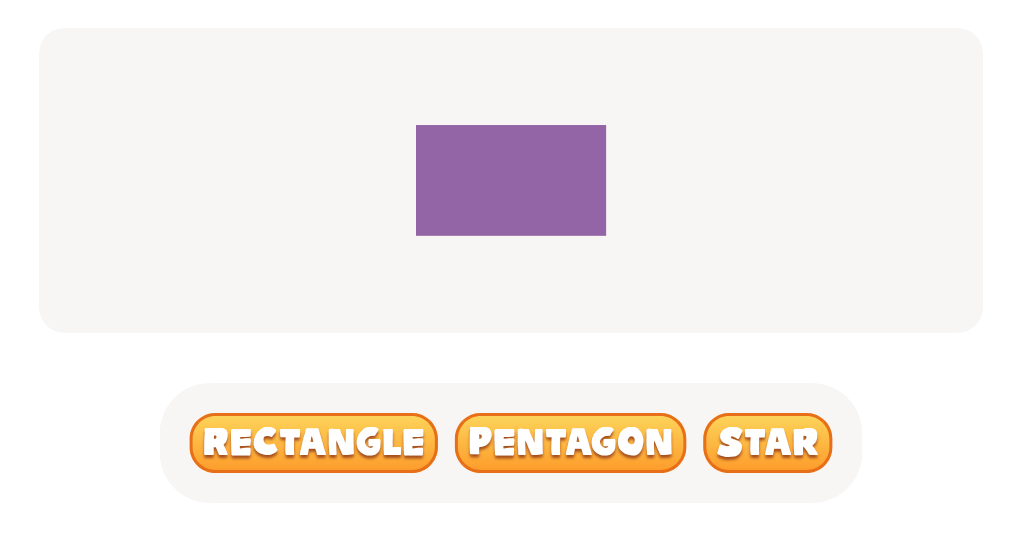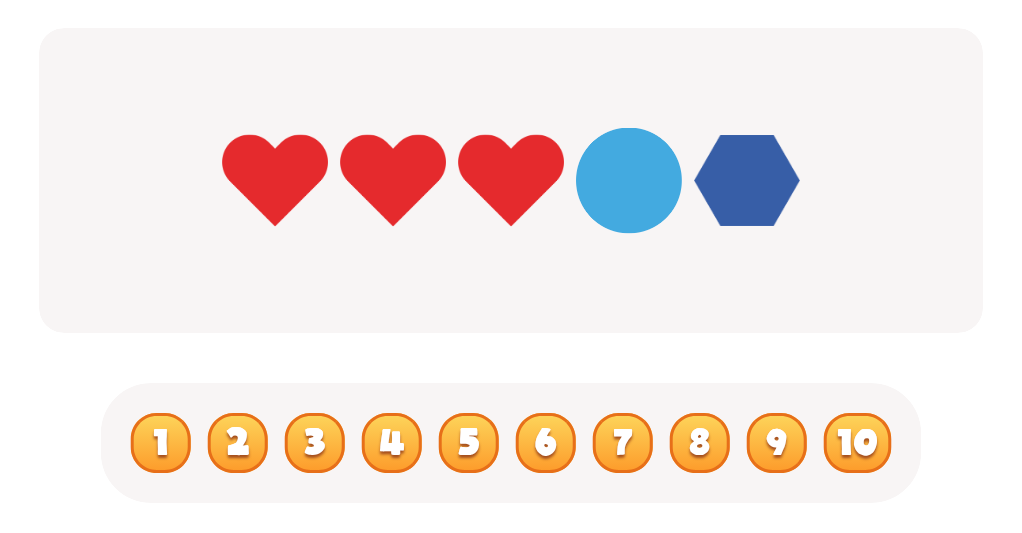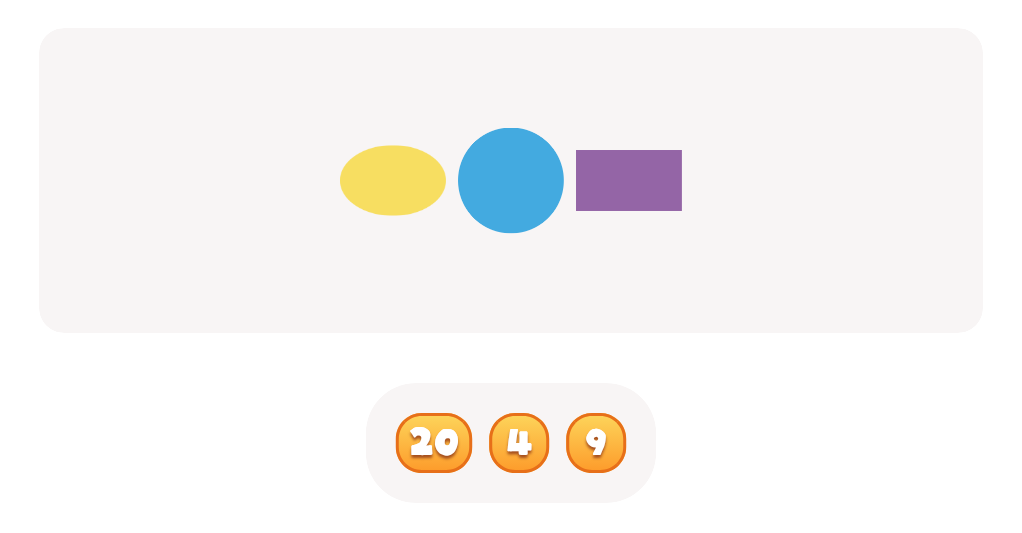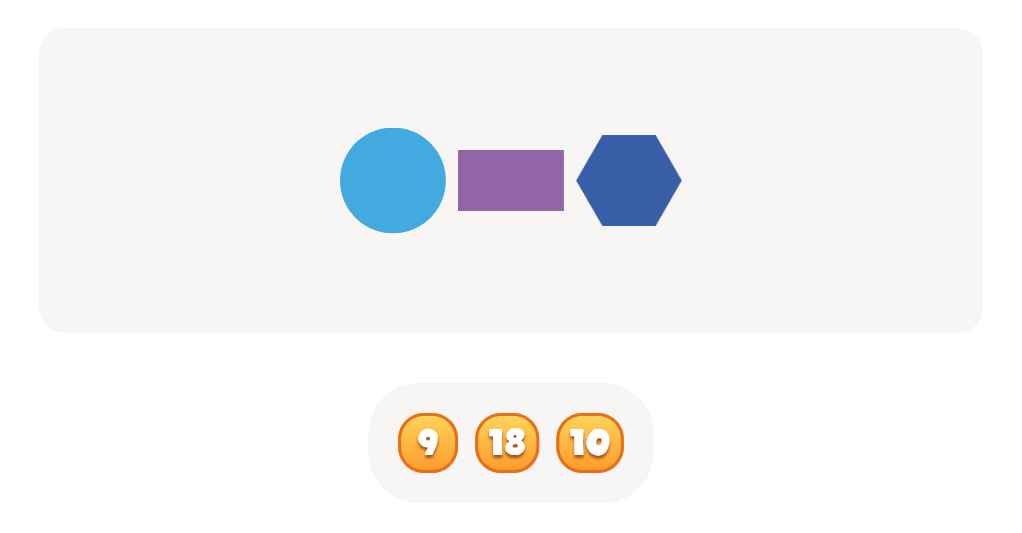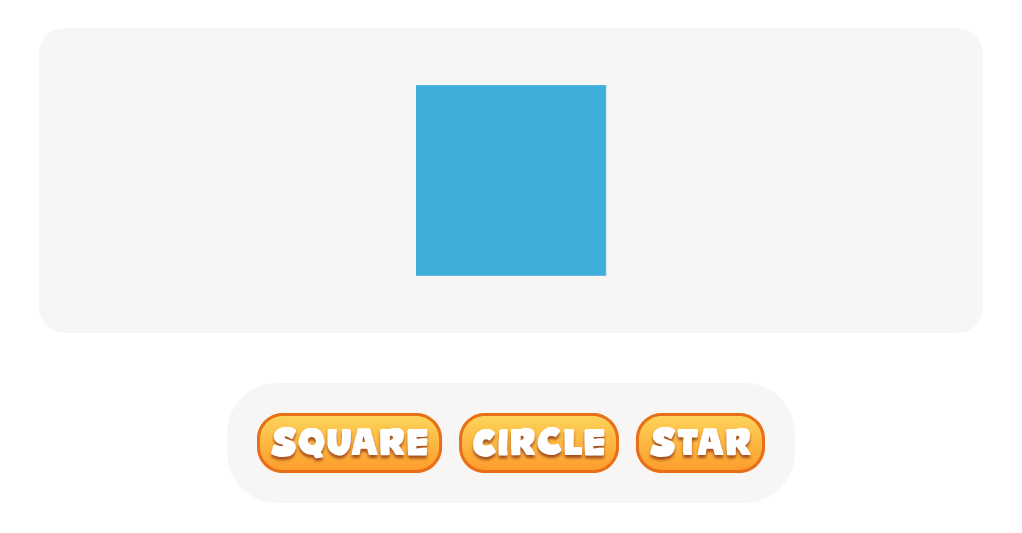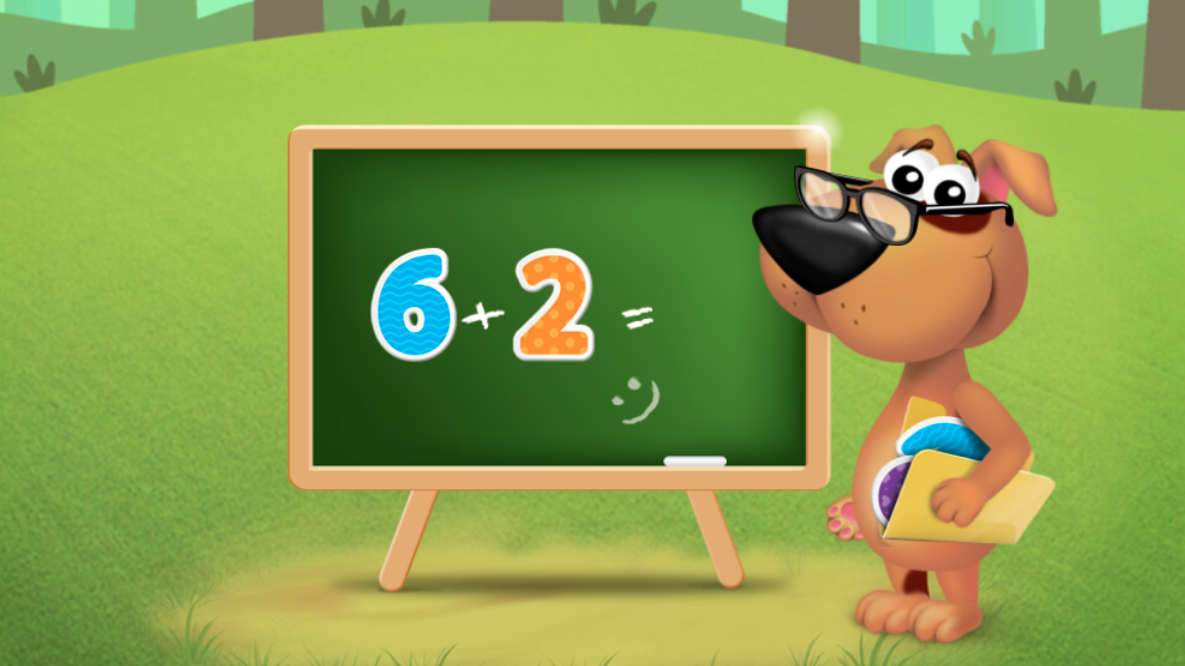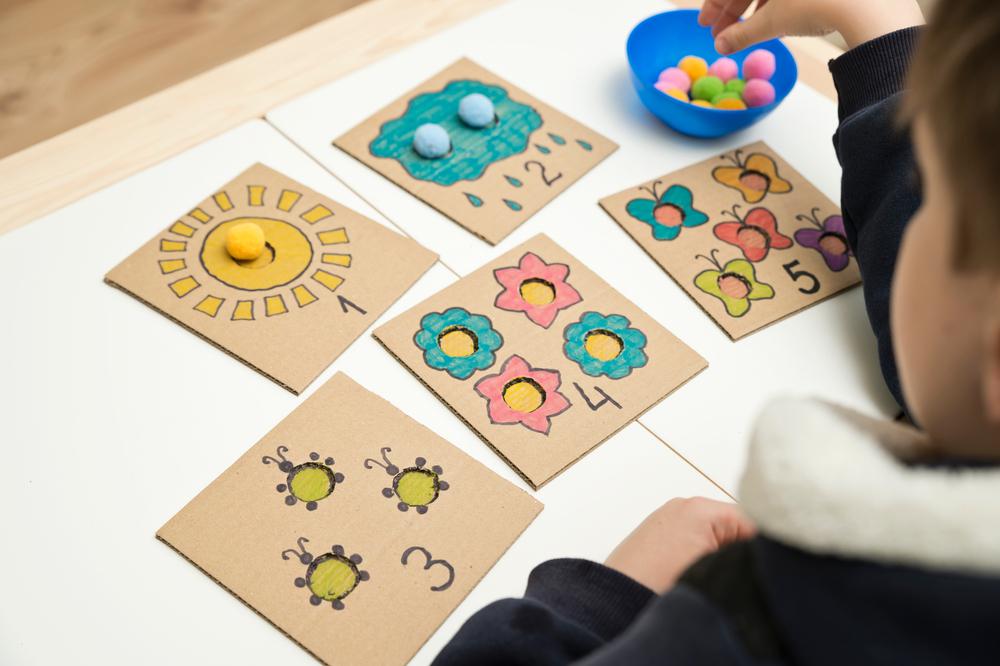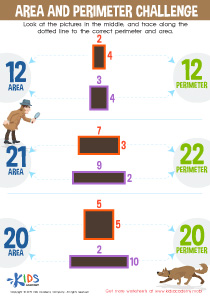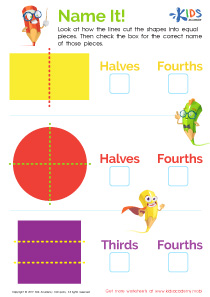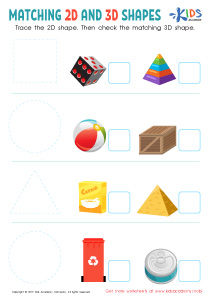Counting skills 2D Shapes Worksheets for Ages 6-7
6 filtered results
-
From - To
Our "Counting Skills 2D Shapes Worksheets for Ages 6-7" offer an engaging way to develop your child’s numeracy and geometric understanding. Designed by educational experts, these fun and interactive worksheets help young learners identify and count various 2D shapes, enhancing both their shape recognition and counting skills. Ideal for classroom use or home practice, each worksheet provides clear instructions and visually appealing illustrations to keep children engaged. Perfect for developing early math skills, our worksheets are a valuable resource in supporting your child's mathematical journey. Explore and download today to give your child a learning edge!
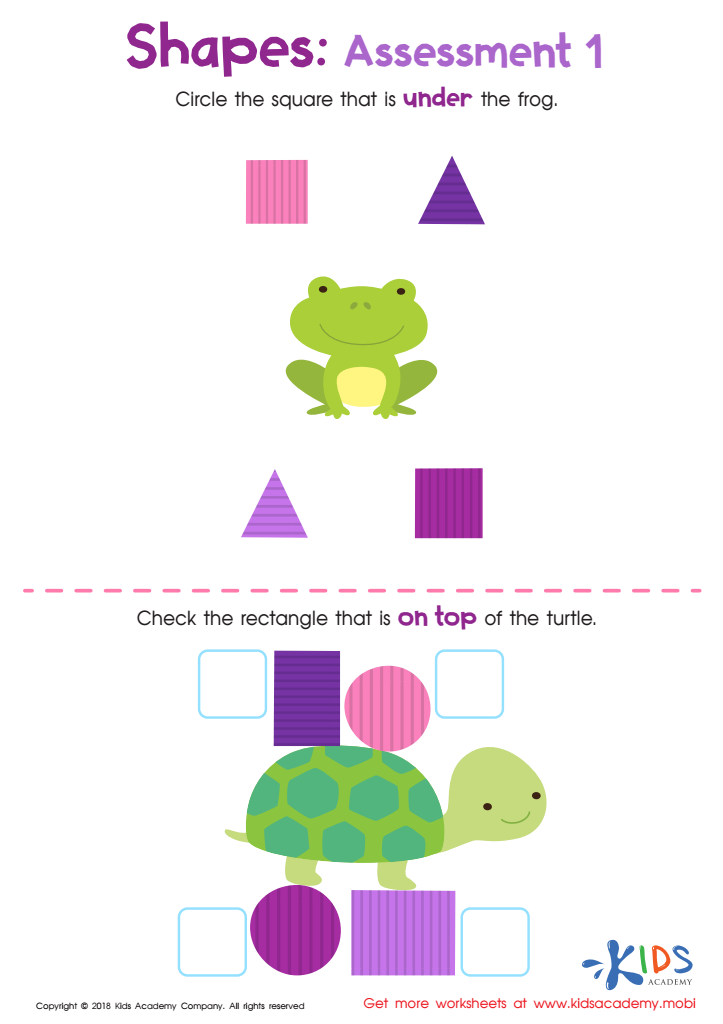

Geometry – Assessment 1 Worksheet
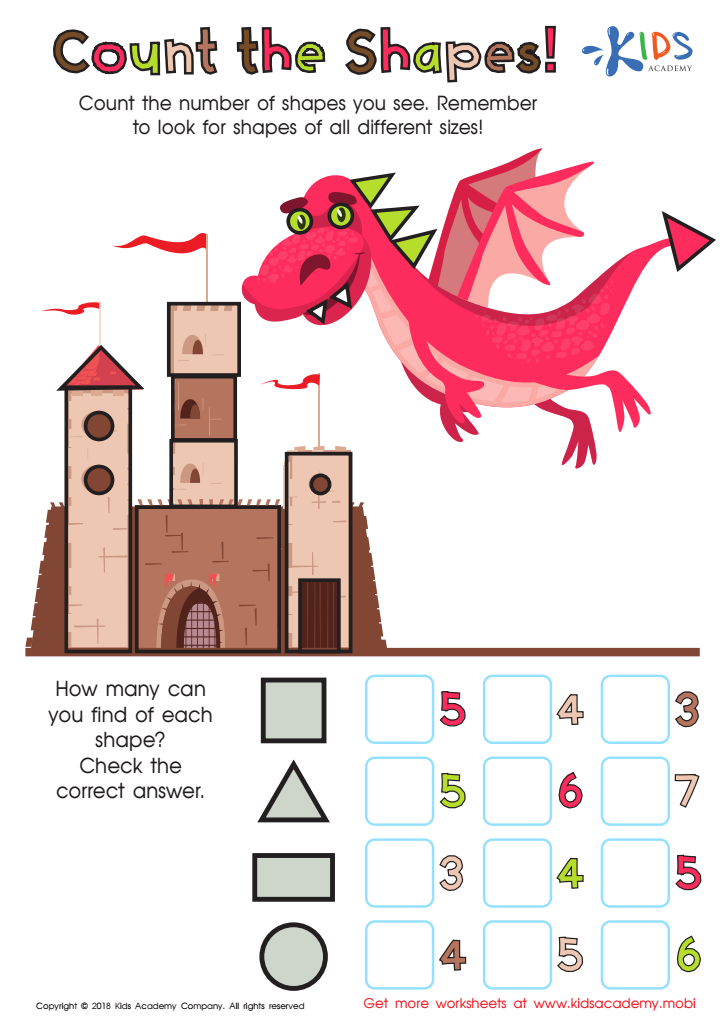

Count the Shapes Worksheet
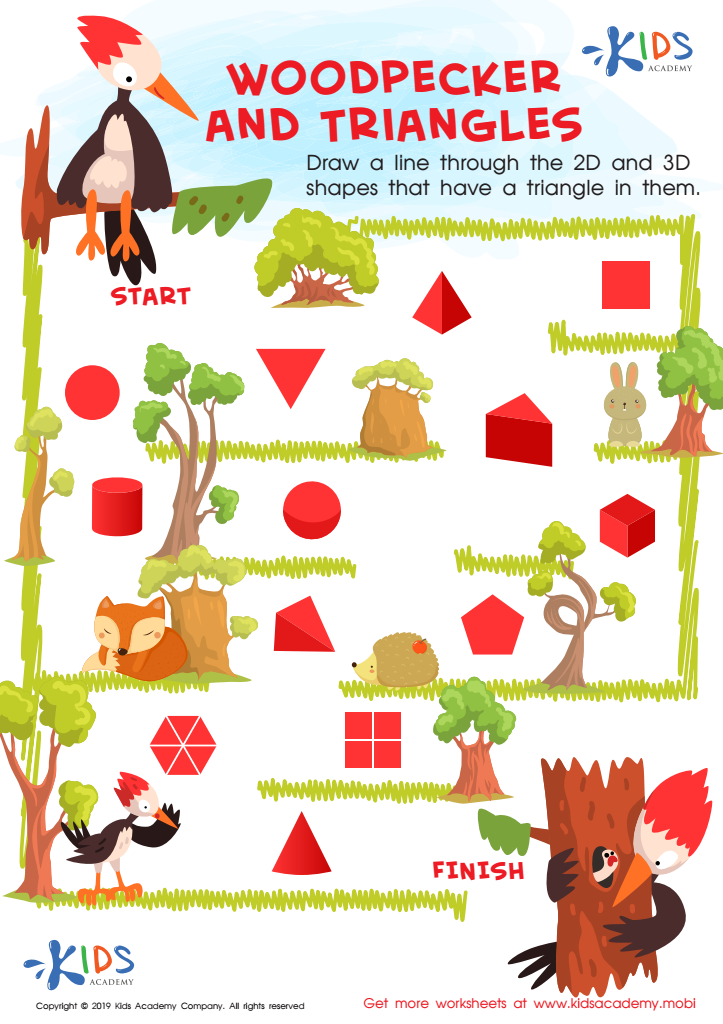

Woodpecker and Triangles Worksheet
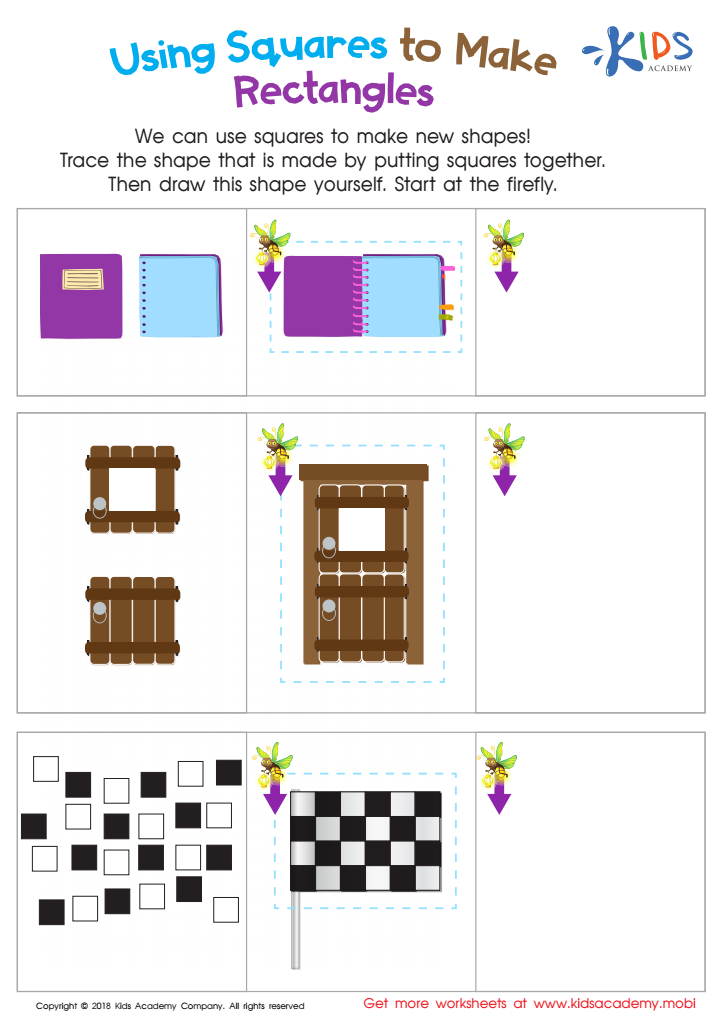

Using Squares to Make Rectangles Worksheet
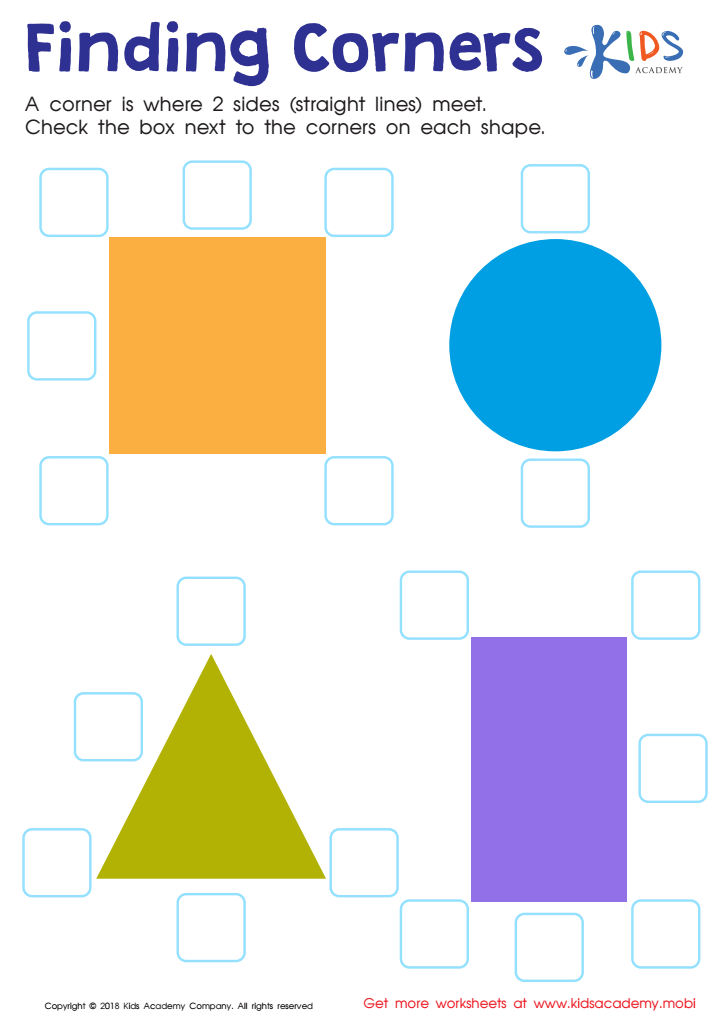

Finding Corners Worksheet
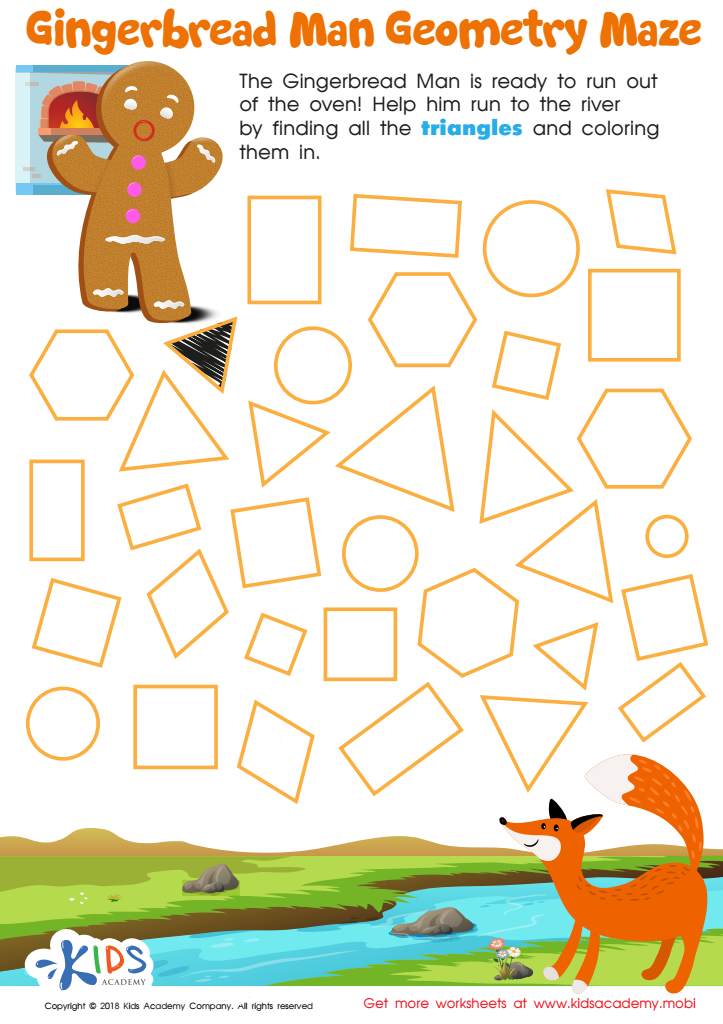

Gingerbread Man Geometry Maze Worksheet
Counting skills and understanding 2D shapes are foundational aspects of early childhood education, crucial for ages 6-7. Both skills support cognitive development and lay the groundwork for more advanced mathematical concepts.
Firstly, counting skills are essential for numerical literacy. They are the building blocks of arithmetic operations such as addition, subtraction, multiplication, and division. Children learn to understand quantities, sequences, and basic operations, which are necessary for everyday problem-solving and future academic success.
Secondly, knowledge of 2D shapes enhances spatial awareness and geometry skills. Recognizing and naming shapes like circles, squares, triangles, and rectangles help children develop visual and cognitive skills that are crucial for grasping the attributes of different shapes and understanding relationships between various geometric concepts. This forms the basis for learning about more complex figures and properties in later grades.
Moreover, integrating counting and shapes can make learning interactive and engaging. Using colorful shapes to teach counting not only captures young learners' interest but also aids in better retention of concepts. For instance, asking children to count the sides or vertices of shapes combines both skills in a practical and enjoyable way.
Overall, these skills foster logical thinking, precision, and analytical abilities, serving as a stepping stone toward a strong mathematical foundation that benefits children's overall intellectual development.
 Assign to My Students
Assign to My Students
